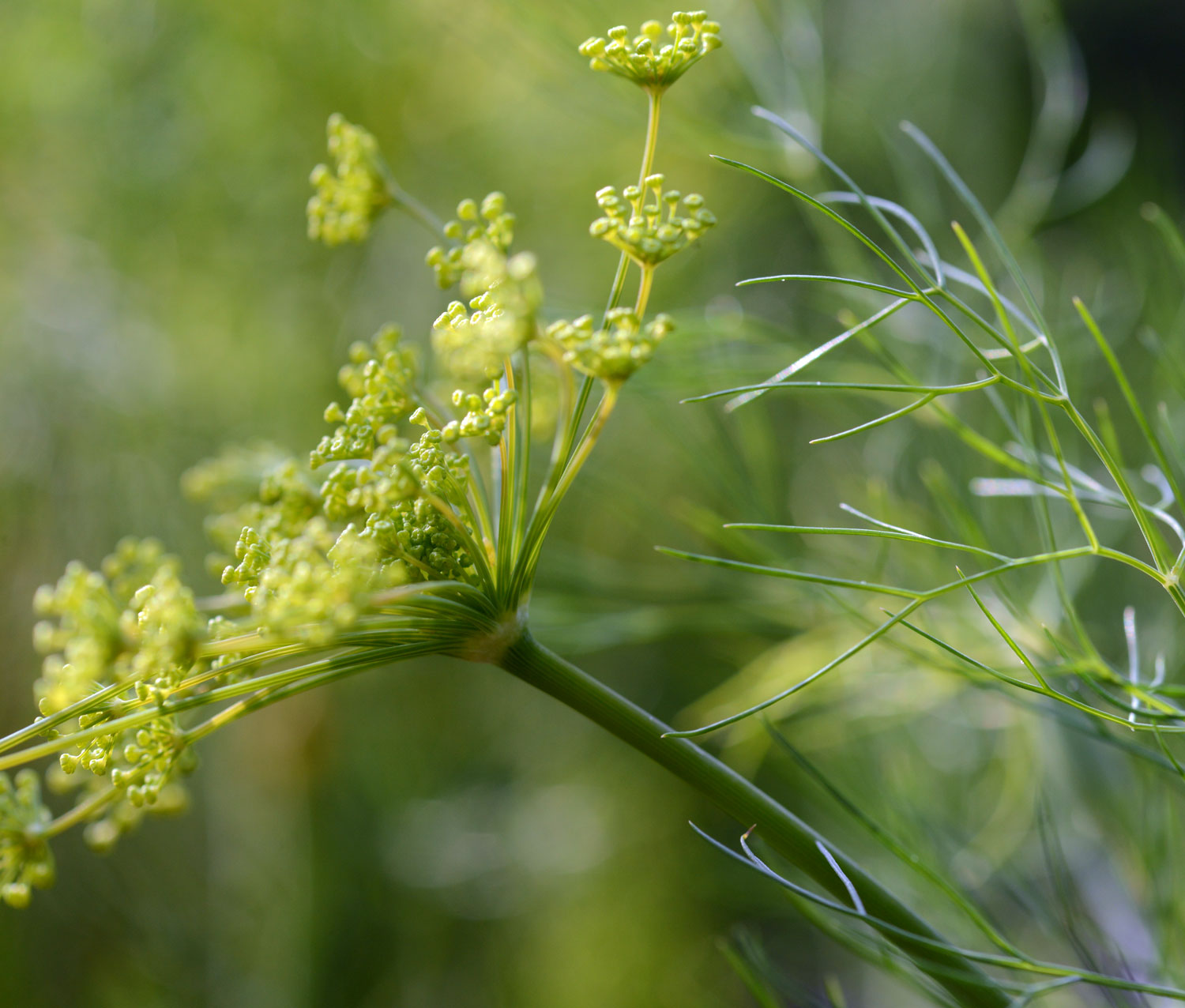Freezing Herbs for Winter
There’s frost just around the corner but that doesn’t mean we have to rely on store-bought herbs just because we happen to live in a part of the country that’s gets chilly in winter. Lots of fresh herbs from our gardens and farmers’ markets will freeze well and hold much of their flavor for varying amounts of time. The rule of thumb is about two months. Basil, parsley, chives, dill, rosemary, fennel leaves, cilantro, and chervil can all be frozen easily; know that they won’t retain the textures they had when fresh, some less than others.
If you are just planning to use the leaves of basil, parsley, chives or cilantro,and want to keep it easy, you can place the leaves of these herbs in a resealable freezer bag, squeezing out all the air, labeling with a permanent marker, and freezing it. When you are ready to use the herbs, simply break off the amount you need, chop and add to your dish. This is a handy method whenever you have leftover herbs that can be frozen. Use your frozen herbs in soups, stews, sauces, baked casseroles and stir fries. Just don’t expect to put them in salads or use them as garnishes. Too mushy. The first step before any freezing is to remove any discolored leaves and wash the herbs so they are free of dirt, insects and garden debris. Pat with a dish towel and allow them to dry thoroughly. If the herbs are clean and organic, you can just wipe them a bit. From there, you can purée or chop the herbs based on the method you use. Just be sure to date the herbs using a strip of freezer tape and an indelible marker.
Freezing in Oil:
A hassle-free way to freeze herbs is to purée the fresh leaves in a food processor with a little olive oil, or a milder oil if you prefer. Use one part oil to four parts of herbs. Put the puréed herbs with oil into the ice cube tray sections of a freshly-washed and dried tray and freeze. When frozen, transfer to a resealable freezer bag or container.
Freezing in Water:
Chop the clean herbs and fill each ice tray section about one-quarter full. Pour water on top and freeze. Again, once frozen, transfer to a resealable freezer bag or container.
Frozen in Resealable Freezer Bags or freezer-proof containers:
Chop the clean herbs, place into small freezer bags, and place in the freezer after dating and labeling the bags. Break off pieces as needed. Frozen Whole Basil Leaves: At the Spiral House, Chef Diane Hagedorn places basil on a single layer on a baking sheet lined with parchment paper and pops the pan in the freezer for a couple of hours. She puts the frozen basil in a resealable freezer bag and returns it to the freezer for storage.
Freezing Whole Sprigs or Stems:
Place the clean sprigs on a baking sheet lined with parchment paper and freeze uncovered. Once the herbs are thoroughly frozen, place in resealable freezer bags with a label and date, and return the bags to the freezer. Just pick off the leaves as needed. Rosemary, thyme and bay leaves freeze well this way. Frozen Parsley Logs: Hudson Valley garden guru Margaret Roach — well-known for her blog, AWaytoGarden.com; and her weekly public radio podcast http://awaytogarden.com/category/etcetera/radio-podcasts/ — makes frozen logs with her parsley. She packs fresh parsley into the bottom of a freezer bag and then rolls it tightly. To use, remove from the freezer, cut off as much of the log as you need, and return the rest to the freezer.
Freezing Vegan Herb Butters:
Let a tub of organic Earth Balance Natural Buttery Spread soften at room temperature. Whisk in the chopped herbs of your choice depending on how you would like to use the butter eventually: thyme, basil, rosemary or a mix. Freeze in small batches, wrapped in foil and placed in freezer containers. Herb butters will generally last longer than other frozen herbs, up to 12 months. When ready to use, thaw in the refrigerator and use within two to three days. Pestos: Chef Diane prepares and freezes lots of pesto at the Spiral House before frost arrives. Check out her pesto recipe in the sauces section of our blog.

